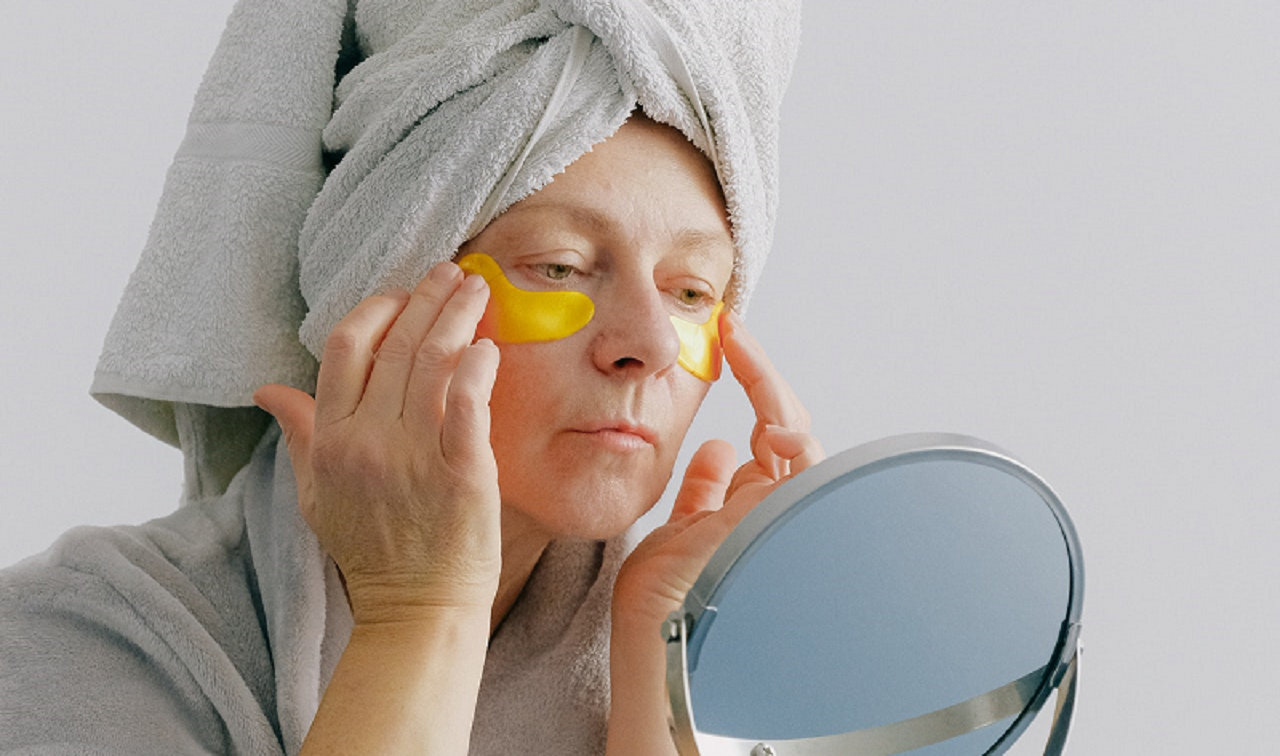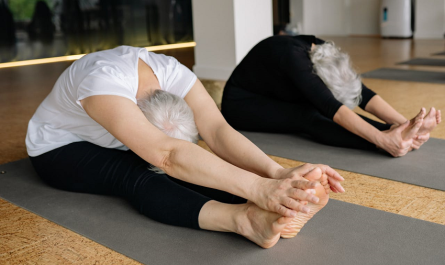Looking in the mirror and seeing those nasty little lines appearing at the corners of your eyes can be frustrating. Crow’s feet are enough to get anybody down. Depending on your lifestyle and if you protected your skin, you might develop crow’s feet early on in life.
If looking at your crow’s feet makes you cringe, you may have even considered surgery. Luckily, there are nonsurgical options for handling those lines at the edges of your eyes. Here are some of the best ways that you can treat crow’s feet without going under the knife.
Micro Needling and Massage
If you haven’t heard of micro needling, don’t worry. Micro needling is a newer treatment that allows you to encourage your skin to heal itself. It does this by intentionally causing small injuries to the crows feet with a lot of small needles.
This causes your natural healing system to kick in and send a rush of healing to the area. Coupling this with massage can help you see reduced signs of crows feet.
In Style online recommends that you see a professional if you’re going to try micro needling. This is because you are doing it around sensitive areas near your eyes.
You don’t want to risk any injury to your eyes when trying to get rid of your crow’s feet. Seeking the professional help of an aesthetician or dermatologist is the best way to try micro needling to treat your crow’s feet.
Botox
Botox is a nonsurgical option that freezes your muscles and skin in place. Botox is made up of botulism toxin, which causes slight paralysis to the muscles. This effect can fill out the treated area and reduce the signs of fine lines and wrinkles. It also reduces the appearance of additional fine lines and wrinkles because the muscles causing them are no longer mobile.
When receiving Botox injections, it is always good to do under the vision of an experienced doctor. Keep in mind there are possible side effects of Botox injections.
According to the Mayo Clinic, the side effects can include:
• pain, swelling, bruising at the injection site
• a headache or flu symptoms
• droopy eyelids or cockeyed eyebrows
• crooked smile or drooling
• Eye dryness or excessive tearing (watery eyes)
There is the possibility of more serious side effects of Botox, which can be discussed with your physician if you’re considering this treatment option for your crow’s feet.
Differin Gel
Redbook magazine highlights a prescription retinoid called Differin. This topical prescription treatment helps your body boost collagen production.
These types of treatments are only available by prescription. Therefore, any over-the-counter retinoid creams are not going to have the same collagen boosting effects that Differin does.
Laser Treatments
Depending on whom you talk to a laser peel may be closer to surgery than they’d like to come. However, according to the American Society for Dermatological Surgery, it is one of the best ways to promote collagen production and treat crow’s feet by stimulating smoother skin beneath the fine lines and wrinkles.
Laser skin peels may be considered more surgical depending on the type of anesthesia chosen by the patient. Anesthesia can be varied from topical anesthetics all the way up to general anesthesia where the patient is unconscious during the procedure.
Most people would consider a general anesthetic procedure a full-on surgery while something that just requires a topical anesthetic, not surgery. While laser treatments are not a facelift, they may still be more surgical than most patients are comfortable with.
No matter which method you choose for treating your crow’s feet, make sure you are comfortable with the possible side effects. There are no treatment options that are completely side effect free.
Crow’s feet are a natural part of the aging process and treating them requires some work. Whether you choose a treatment, you can get rid of crow’s feet without having a facelift.




